You have no items in your shopping cart.
Wine Minervois
-
Top Selling
-
Top Selling
-
Top Selling-30%
- -26%
- -23%
- -52%
- -32%
The Minervois appellation owes its name to the Goddess Minerva
It was the Greeks who first began to cultivate the vine in the region, around the 6th century BC. They named the area after Minerva, the Greek goddess of wisdom, which drifted over time until it became Minervois. Viticulture flourished in the region until the end of the Roman Empire. The vines were worked less and less during the Middle Ages, which were ravaged by barbarian invasions and crusades. Soldiers were often ordered to burn the wheat and uproot the vines.
It was not until long after the passage of the Black Prince through the region and the end of the Hundred Years' War that the vineyards began to produce wine again. It was not until the arrival of the Canal Royal du Languedoc, which linked the Mediterranean and the Atlantic Ocean, that cereal and wine growing resumed in the region. In the 18th and 19th centuries, the canal allowed for better transport of wine via barges, which contributed to the development of wine production in the region.
The Minervois AOC covers the departments of Aude and Hérault, over 50 communes, between Narbonne and Carcassonne. This terroir is particularly favourable to the cultivation of vines: the AOC is situated in a sort of natural amphitheatre made up of the Pyrenees and the Massif Central. The appellation covers an area of 4,500 hectares and produces an average of around 180,000 hectolitres per year.
The Minervois AOC is located in the heart of the mountains and rivers
The Minervois AOC benefits from a very pretty terroir crossed by two waterways, the Aude and the Canal du Midi. Located in the heart of the Pyrenees and the Massif Central, the vineyard parcels are often beautiful hillsides, low-lying plains or plateaus, which are windier. The style of soil therefore varies greatly depending on where you are. The terroir can be divided into 5 zones:
The Balcons de l'Aude: this is the area around the Canal du Midi, and is therefore Mediterranean influenced. Thesoils are sandstone and pebbles. This is the preferred area for Mourvèdre, as it is particularly sunny.
The Causse: this area is between 200 and 500 metres in altitude, and is therefore one of the coolest in the AOC. On the other hand the chalky soils allow the vines to warm up quickly.
Les Mourels: this is one of the hottest areas of the AOC. The sandstone soils allow few vines to take root, but the grapes produced here are very concentrated in aroma, and very complex.
Le Petit Causse: the heat is also on in this area, where it also rains very little. Sandstone and limestone soils are in the majority. The wines produced from the grapes of these soils are characterised by aromas of candied fruit.
Les Terrasses: this area is located on the border of the Corbières AOC, where the climate is the most temperate. The wines here are particularly balanced and rich in tannins, polyphenols and anthocyanins.
Overall, the climate of the AOC is therefore Mediterranean-influenced, a climate conducive to the cultivation of the main grape varieties producing the red, rosé and white wines of the appellation.
The three colours of wine are therefore produced in very different proportions: 3% white, 13% rosé and 84% red. The main grape varieties for the reds and rosés are Syrah, Grenache, Carignan, Cinsault and Mourvèdre. Carignan must always remain below 40% of the final blend, while Syrah, Grenache and Mourvèdre must be above 60% of the blend. For whites, the authorised grape varieties are White Grenache, Maccabeu, Bourboulenc, Marsanne, Roussanne and Vermentino.
The red wines of the AOC generally mature after 2 years of ageing, and can be kept for 8 to 10 years for the best vintages.
What to expect when tasting a Minervois?
Minervois red
On the nose, the reds are ruby or garnet, very intense. With age, the robe becomes slightly tiled. On the nose, they give off aromas of blackcurrant and violet, mainly when Syrah is in the majority. Spicy aromas are often also present, accompanied by vanilla and cinnamon. On the palate, the reds are powerful, full-bodied wines. The aromas sensed on the nose are confirmed in the mouth.Minervois rosés
Rosés have a colour that leans towards tile orange and express fruit aromas, such as strawberry, blackcurrant, grenadine. Rosés are fresh, but powerful, and long in the mouth.White Minervois
The whites are very pale, bright and luminous. In the mouth they are very lively, frank and clean. Often reared on lees, they are quite fat, and give off notes of vanilla, honey and are carried on white fruits, such as peach, or exotic fruitsWith what dish to enjoy a Minervois?
The reds will go perfectly with lamb, duck, terrines or pâtés. Medium-aged cheeses will also be pleasant with red wines from the Minervois AOC. The whites will go well with grilled fish, fruit and honey-based desserts, while the rosés will be very pleasant with salads, exotic dishes and summer aperitifs.
Discovering 2 domains in the Minervois appellation
Château Villerambert Julien
The 100 hectares of vines on the property have been cultivated by six generations of the Julien family. This terroir is relatively unique, as the soils are made up of marble. This predominantly Syrah cuvée is very intense and representative of the Minervois appellation.Khalkhal-Pamiès
This organic wine was awarded two stars in the Guide Hachette des vins. This exceptional cuvée is only marketed after 4 years of ageing at the property.Blanquette méthode ancestrale
Coteaux-du-Languedoc Cabrières
Coteaux-du-Languedoc Grès-de-Montpellier
Coteaux-du-Languedoc La Méjanelle
Coteaux-du-Languedoc Montpeyroux
Coteaux-du-Languedoc Pézenas
Coteaux-du-Languedoc Saint-Drézéry
Coteaux-du-Languedoc Terres de Sommières
Côtes-du-Roussillon Les Aspres
Côtes-du-Roussillon-Villages Caramany
Côtes-du-Roussillon-Villages Latour-de-France
Côtes-du-Roussillon-Villages Lesquerde
Languedoc Grés de Montpellier
Muscat-de-Saint-Jean-de-Minervois
Pays d'Oc Gewurztraminer
Saint-Chinian Berlou
Saint-Chinian Roquebrun
Vin de Pays Cathare
Vin de Pays de Cassan
Vin de Pays de Caux
Vin de Pays de Cucugnan
Vin de Pays de la Cité de Carcassonne
Vin de Pays de la Côte Vermeille
Vin de Pays de la Haute Vallée de l'Aude
Vin de Pays de la Vallée du Paradis
Vin de Pays de la Vaunage
Vin de Pays de la Vicomté d'Aumelas
Vin de Pays de Saint-Guilhem le Désert
Vin de Pays des Collines de la Moure
Vin de Pays des Coteaux d'Ensérune
Vin de Pays des Coteaux de Miramont
Vin de Pays des Coteaux de Murviel
Vin de Pays des Coteaux de Peyriac
Vin de Pays des Coteaux du Pont du Gard
Vin de Pays des Coteaux du Salagou
Vin de Pays des Coteaux Flaviens
Vin de Pays des Côtes Catalanes
Vin de Pays des Côtes de Prouilhe
Vin de Pays des Côtes de Thau
Vin de Pays des Côtes de Thongue
Vin de Pays des Côtes du Brian
Vin de Pays des Hauts de Badens
Vin de Pays des Pyrénées-Orientales
Vin de Pays des Sables du Golfe du Lion
Vin de Pays du Mont Baudile
Vin de Pays du Torgan
Vin de Pays du Val de Montferrand














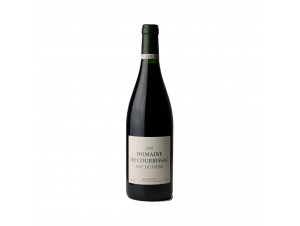
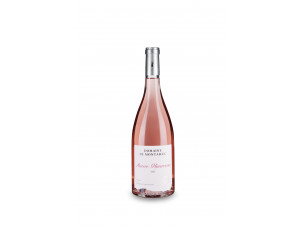


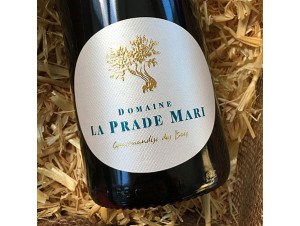




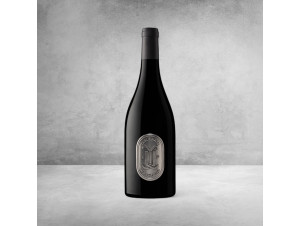





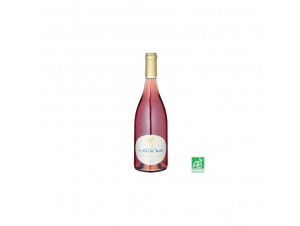
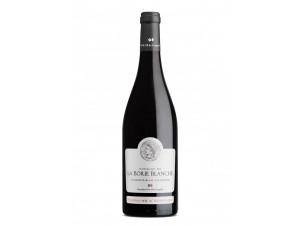




 TWIL - Achat de Vin
TWIL - Achat de Vin


